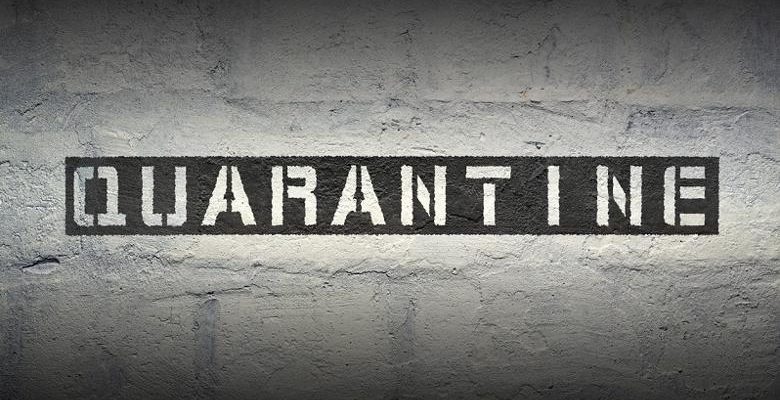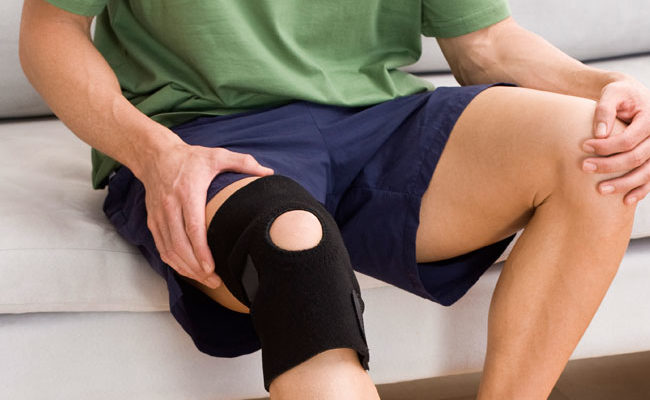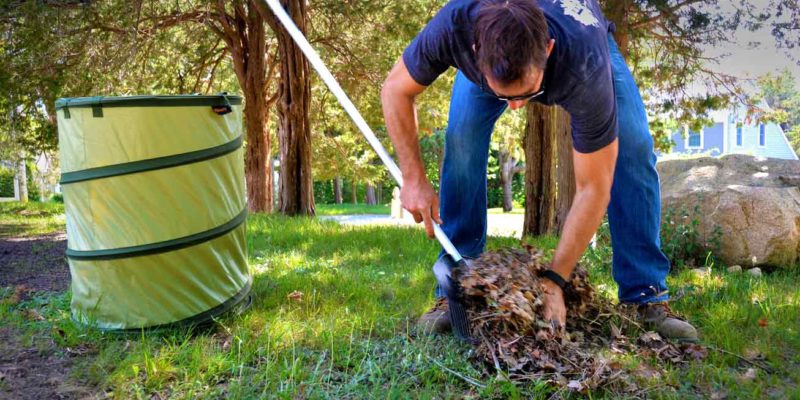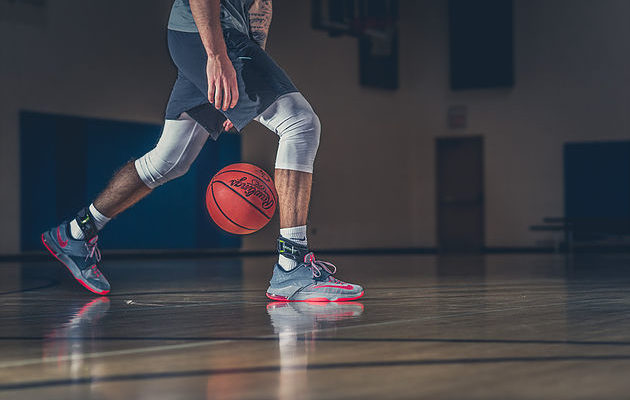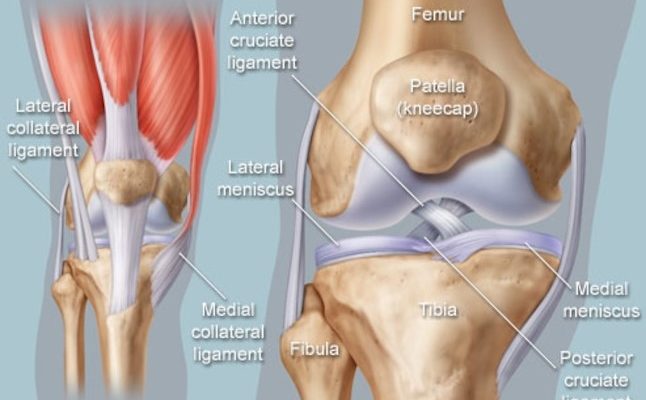Now that the world is opening up a bit, especially for outdoor activities, certain body parts and joints may be making themselves known to you. Most have had it very easy for the last 4-5 months and do not share your exuberance to resuming your athletic life.
One particularly cranky one can be your shoulders, especially if you play golf, tennis, baseball, volleyball or even if you swim. You do not have to play a contact sport like football to get injured. Repetitive motion can make joints irritable. We rely on our shoulders to support many of our most basic motions, including pushing, pulling, lifting, and throwing. Anything you do with repetitive or strenuous motion can impair functionality, range of motion, and cause you pain.
Be on the lookout for signs of:
Shoulder Arthritis– loss of the normal cartilage (smooth surfaces) that line your shoulder joint. This makes moving your shoulder and arm painful and inflamed. If you have trouble lifting your arm, hear a clicking when you do, or have pain, stiffness, or redness in the area…it could be a sign.
Frozen Shoulder– the capsule of connective tissue that surrounds the shoulder thickens and contracts which leads to stiffness and shoulder pain from restricted movement. This typically affects adults ages 40 to 60. It can also be caused by diabetes, hypothyroidism, hyperthyroidism, Parkinson’s, or cardiac disease.
Rotator Cuff – The collarbone, the upper arm bone, and the shoulder blade form the Shoulder. The group of muscles which are attached to the shoulder are known together as the Rotator Cuff, which gives you your range of motion. This group is prone to tendonitis, bursitis, and tears. You may experience weakness, tenderness, limited range of motion, snapping or cracking sensations and your sleep may be affected since you just cannot get comfortable.
Dislocations – The humerus bone can become partially or completely separated from the socket from a bad fall, accident, or strong contact during sports. You may experience symptoms of swelling, numbness, weakness, bruising, pain, instability, and even muscle spasms.
Fractures– Broken bones can affect the shoulder, such as your collar bone, upper arm (humerus), shoulder blade (Scapula). The older you get, the more prone you are to fractures because of osteoporosis.
Instability- when muscles and ligaments are not strong enough to hold the bones in the socket securely, loose, or torn ligaments are comment as well as dislocations
Separation – Often confused with dislocation, this happens when the connection between the shoulder blade and collar bone are disrupted. This would cause severe pain and possible a deformed appearance.
Impingement– when you raise your arm above shoulder height, the space between your shoulder blade and rotator cuff narrows and can rub or press on the tendon and bursa.
In pain? Need a shoulder to cry on? Don’t have a chip on your shoulder, you should not have to shoulder the burden of injury or pain. If you are experiencing any of the symptoms described, call Dr. Marshall Allegra. He promises not to give you the cold shoulder!
Dr. Marshall P. Allegra is a board-certified orthopedic surgeon in private practice in Monmouth County for over 25 years. As an experienced diagnostician, Dr. Allegra can expertly determine injuries, and then determine the best treatment options to return you back to your normal life, restoring functionality and range of motion as quickly as possible and avoiding long term implications.
Think well, live well, be well.
Dr. Marshall P. Allegra
879 Poole Avenue, Hazlet New Jersey, 07730
Phone: (732) 888-8388


